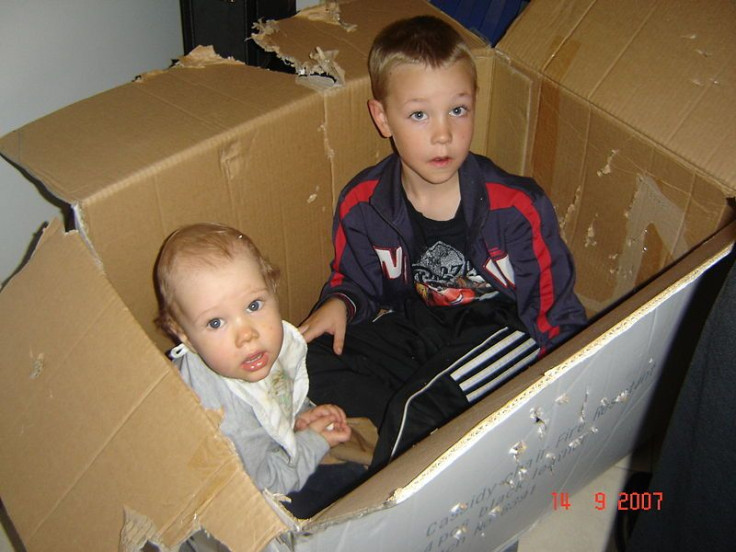Boy Toddlers With Multiple Siblings At Higher Risk For Scalds, Study Finds

Scalds are a common injury in children, accounting for half of all burns in preschool youngsters. A scald can not only cause terrible pain and entail prolonged treatment, but also leave physical and psychological scars.
Researchers at The University of Nottingham discovered that boys aged between one and two years old with multiple siblings and from homes of greater material deprivation are statistically more likely to suffer a hot water-related injury than their peers. In fact, children living in deprived households are 80 percent more likely to have a scald compared to those in the least deprived households.
Using information routinely collected by general practitioner patient records, the Nottingham researchers studied children born between January 1988 and November 2004 as well as their mothers - a total of more than 180,000 mother-child pairs and 986 cases of scald injuries - to assess common factors among those who required treatment after suffering such a burn. In the children, they examined their sex and number of siblings, as well as their age at the time of injury. In their mothers, they assessed age at childbirth, history of depression during pregnancy or the first six months after childbirth, and possibly hazardous drinking habits.
They also looked at whether the family lived in a deprived household, based on their postcode, and the number of adults living in the home. Then, the researchers compared them to a control group of children from a previous study exploring risk factors for childhood fractures, poisonings, and thermal burns.
"It would be impossible for this study to show the whole picture as there is some information on potential risk factors which is unavailable through primary care records," said Dr Elizabeth Orton, co-author of the study in the university's division of primary care.
Nevertheless, her results spoke loudly. Boys are 34 percent more likely to have a scald injury. Toddlers aged one to two years of age are two and a half times more likely to suffer a scald than a child under a year old. And children with multiple siblings have a higher chance of suffering a scald while a third-born children are twice as likely to be injured as first- or second-born children. Children living in a single parent household are 26 percent more likely to have a scald compared to children in two-parent households. Finally, children born to mothers aged 30 to 40 years were 30 percent less likely to suffer a scald than those born to mothers aged under 20; this increases to 70 percent less likely if the mother is over 40.
The authors of the study, which was published in the journal Burns, hope their work will help general practitioners and pediatricians to identify those children most at risk of a scald. "The results from our research offer significant insight into those groups who are at most risk, which would enable GPs to deliver targeted interventions to patients during clinical consultations and hopefully reduce the pain and misery of scalds for many children," said Orton.
Published by Medicaldaily.com



























